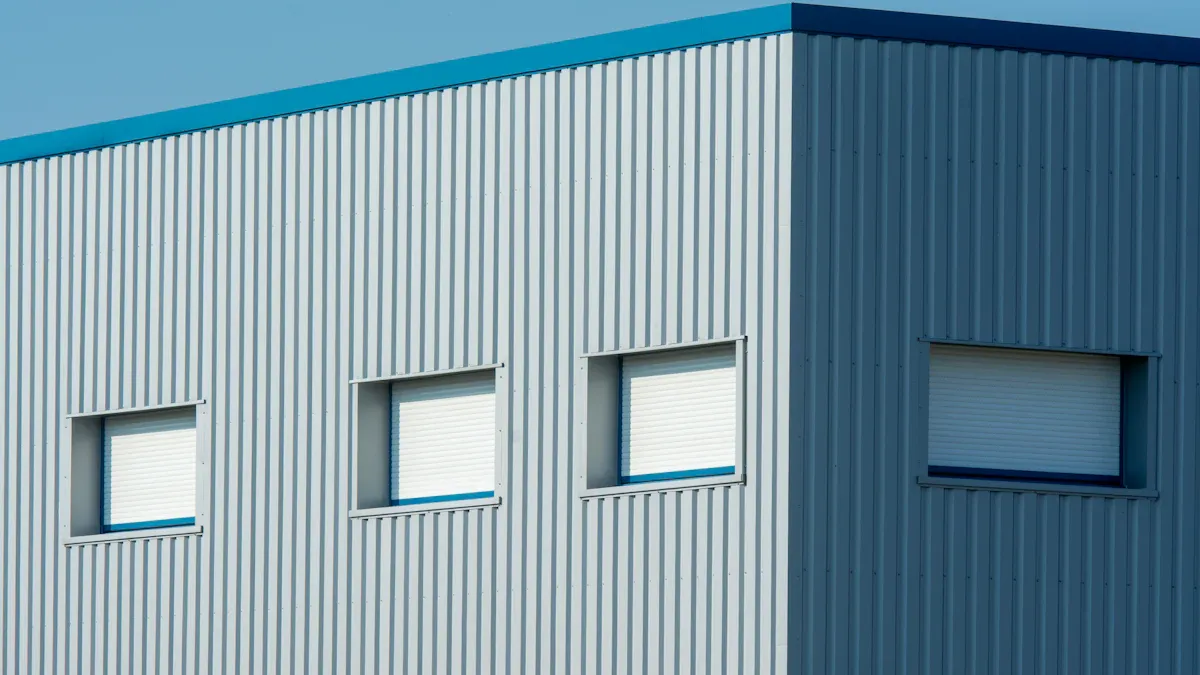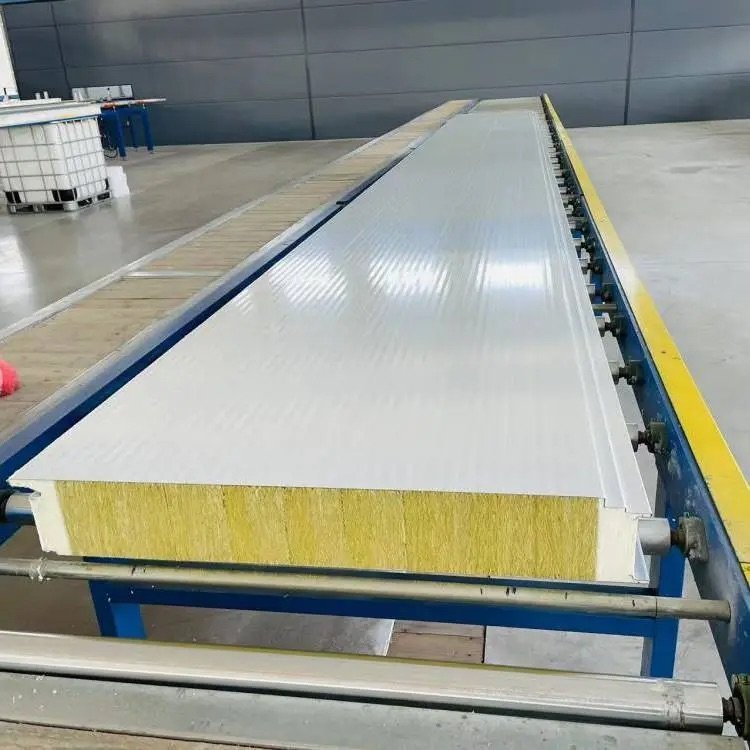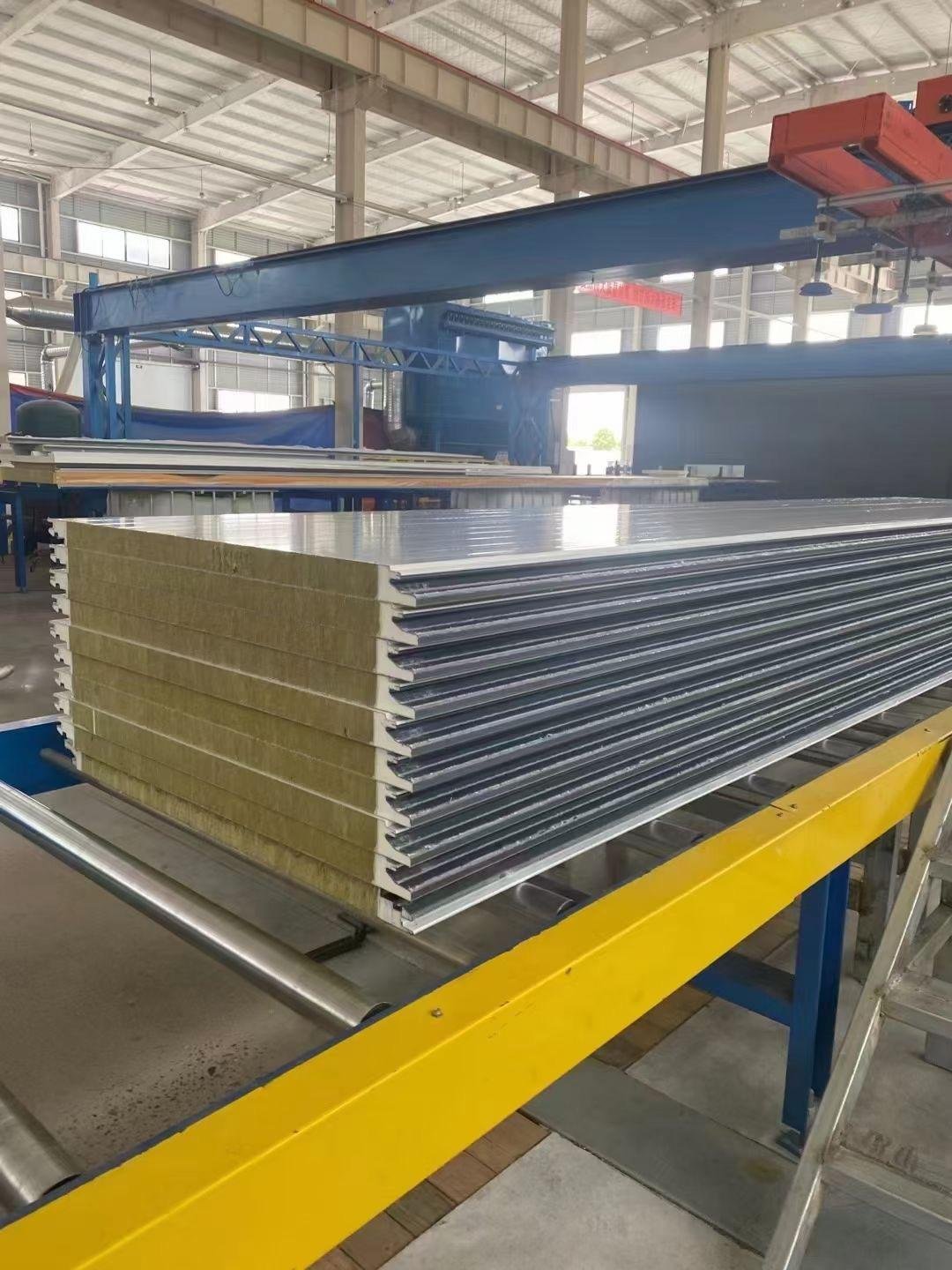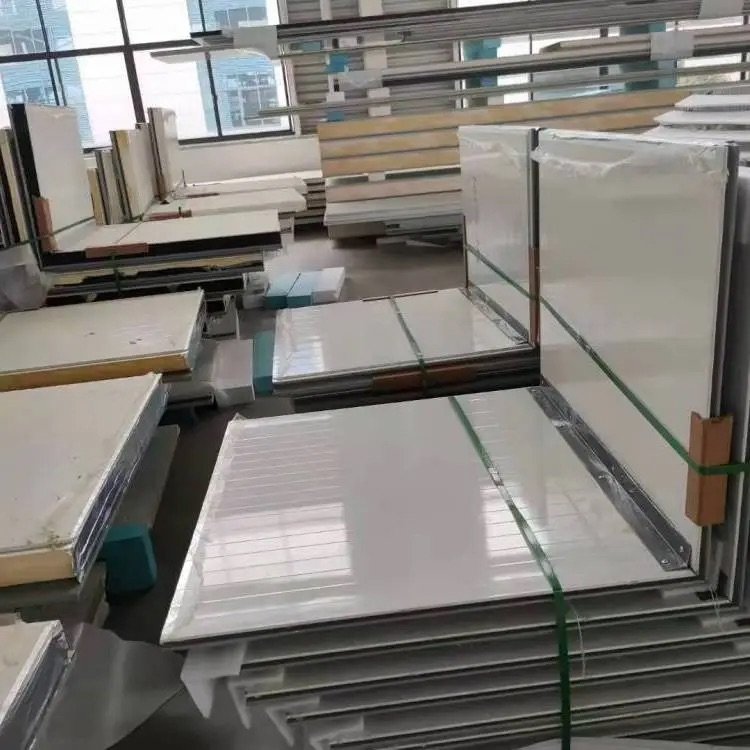
Fire ratings for EPS sandwich panels differ in many countries. These ratings rely on local tests and rules. For example, foam plastic insulation needs a heat barrier unless it passes NFPA 286 tests. NFPA 286 checks how materials handle real fires. But, materials that do well in ASTM E84 tests might fail NFPA 286. Knowing these differences is very important. EPS panels can add to fire risks in buildings. How they burn in different cases affects safety. Following rules is key to building safe places and saving lives.
Key Takeaways
EPS sandwich panels are light and keep heat in well, but their fire safety depends on the country.
Always look at local fire rules before using EPS panels to stay safe and follow the law.
Adding special fireproof layers to EPS panels can make them safer in fires.
Countries have different fire rating systems, like Euroclass in Europe and NFPA in the U.S., which affect what materials are used.
Picking panels with better fire ratings can save money on insurance and avoid legal trouble during a fire.
Understanding EPS Sandwich Panels and Fire Resistance
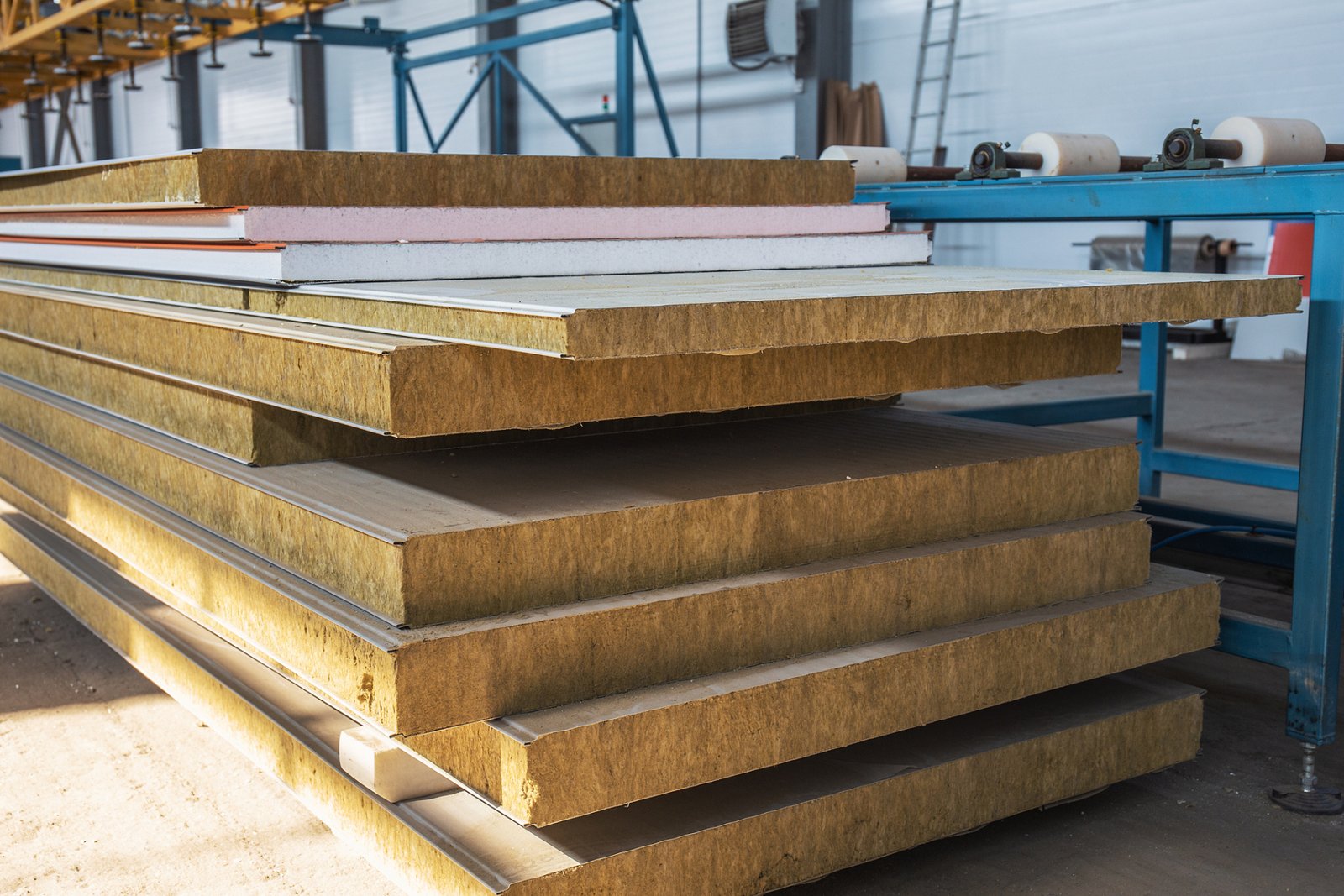
What Are EPS Sandwich Panels?
EPS sandwich panels are light building materials. They have expanded polystyrene (EPS) foam in the middle. The foam is placed between two outer layers, often metal or plastic. These panels are used for walls, roofs, and cold storage. They are popular because they insulate well and are affordable. The foam core keeps heat in or out. The outer layers make the panels strong and long-lasting.
The design of these panels balances insulation and strength. Makers try to make them easy to use and safe. These panels are common in places with very hot or cold weather. They help keep indoor spaces comfortable.
Fire Resistance Characteristics of EPS Panels
EPS panel fire resistance depends on many things. The foam core, coatings, and design all matter. Studies show that with fireproofing, they last 60 minutes in a fire. But the foam core burns easily without special coatings.
Fireproof coatings improve how EPS panels handle fire. These coatings slow down heat and flames. They also reduce smoke. Adding these coatings makes buildings safer.
Tests are important to check fire resistance. Panels go through standard tests to see how they perform. This helps makers follow safety rules in different countries.
Comparing Fire Rating Standards Globally

United States Standards for EPS Panels
In the U.S., fire rules for EPS panels differ by state. The National Fire Protection Association (NFPA) sets important tests like NFPA 286. This test checks how materials act in real fires. Some states, like California, have stricter rules. California banned regular EPS panels in public buildings. This made companies create safer hybrid panels. These changes aim to lower fire risks and make buildings safer.
Other tests in the U.S. include ASTM E84. This test measures how flames spread and how much smoke forms. But passing ASTM E84 doesn’t mean it passes NFPA 286. Always check that your EPS panels meet local rules. This avoids safety problems and legal trouble.
European Union Fire Rating Standards
The European Union uses one system under the Construction Products Regulation (CPR). This system gives EPS panels Euroclass ratings from A1 (non-burnable) to F (burns easily). Most EPS panels are rated B or C, depending on their fireproof coatings. The CPR pushes companies to improve EPS panels to make them safer.
If you use EPS panels in Europe, check their Euroclass rating. This ensures they meet fire safety rules for your project. The EU’s shared rules make it easier to follow safety laws in all member countries. This helps you pick the right materials.
Fire Safety Regulations in Asia
Asia has many different fire safety rules. In China, strict rules have reduced the use of EPS panels. Many panels don’t meet the fire safety levels needed. In India, rules change by region, causing price and compliance issues. Some areas allow regular EPS panels, while others need fireproof ones.
In the Middle East, the UAE replaced EPS panels with polyisocyanurate in tall buildings due to fire concerns. Saudi Arabia still allows EPS panels in some cases if they meet local rules. Knowing these differences is important if you plan to use EPS panels in Asia or the Middle East.
Here’s a simple comparison of fire rules in different regions:
Region | Fire Rules Impact |
|---|---|
Europe | EU rules require Euroclass ratings, leading to safer EPS panels. |
North America | California bans regular EPS in public buildings, pushing safer hybrid panels. |
Asia-Pacific | China’s strict rules reduce EPS use, while India has uneven rules and prices. |
Middle East | UAE uses polyisocyanurate in tall buildings; Saudi Arabia allows EPS in some cases. |
Knowing these global differences helps you choose the best EPS panels for your needs.
Differences in Fire Resistance Ratings by Region
Fire resistance ratings for EPS panels differ by region. This happens because of climate, building methods, and safety rules. These differences affect the materials you pick for projects.
In colder places like Europe, fire safety rules are stricter. The EU uses the Euroclass system to rate EPS panels. Panels rated B or C are common in these areas. These rules help lower fire risks in crowded cities.
Warmer regions, like parts of Asia and the Middle East, have other challenges. In China, many EPS panels don’t meet fire safety rules. This has caused a drop in their use. The UAE switched to polyisocyanurate for tall buildings to prevent fires. Saudi Arabia still allows EPS panels if they follow local rules.
Here’s a table comparing EPS and XPS insulation materials:
Material | Softening Point (°F) | Melting Point (°F) | Ignition Temperature (°F) |
|---|---|---|---|
EPS | 165 | 212 | 680 |
XPS | 165 | 200-210 | N/A |
This table shows how these materials react to heat. EPS ignites at 680°F, which is high. But it softens and melts at lower temperatures, making it risky in some cases.
Knowing these regional rules and material facts helps you choose wisely. Always check local fire safety laws to keep your projects safe and legal.
Factors That Affect Fire Resistance in EPS Panels
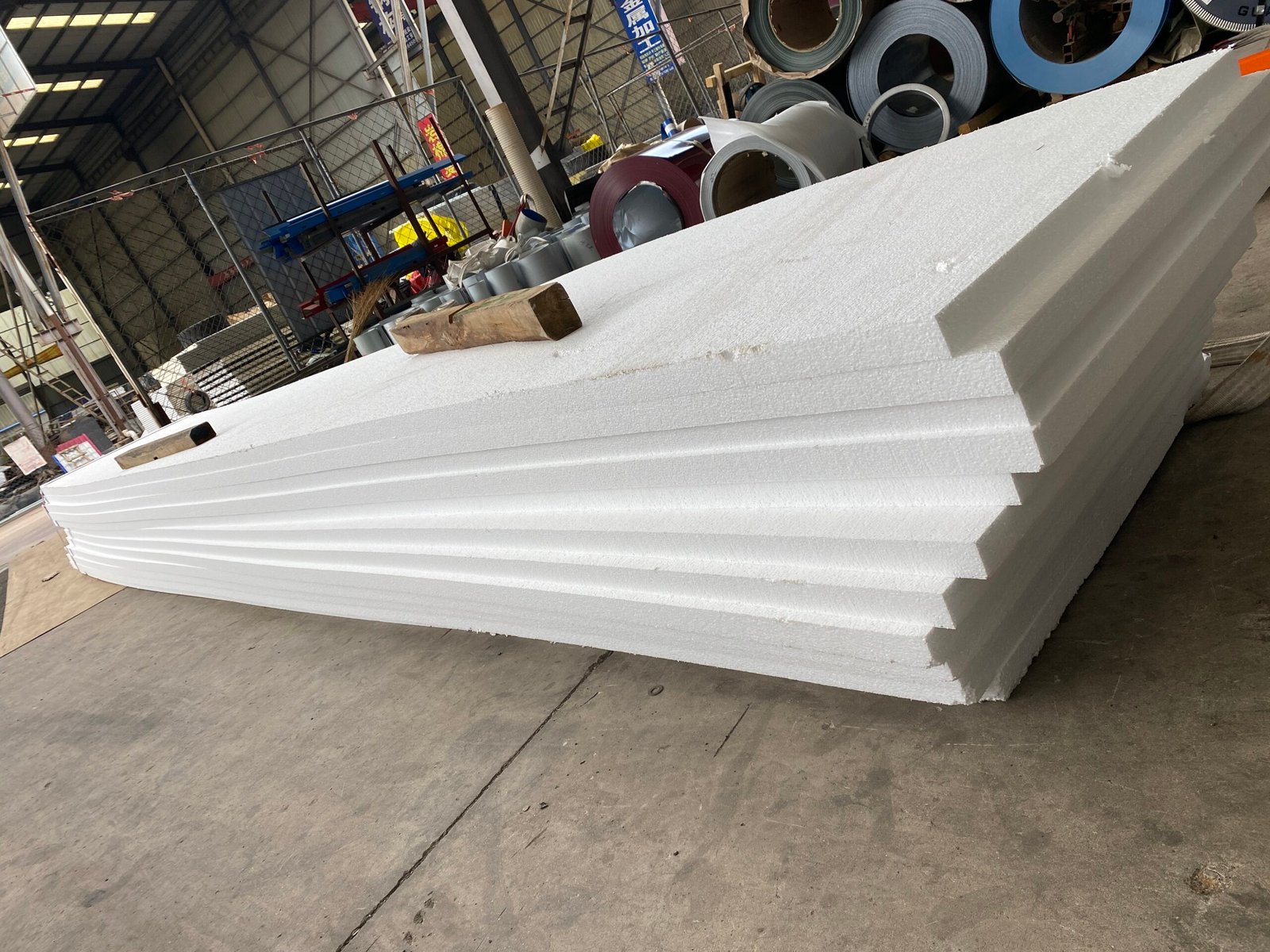
Materials and Additives
The materials in sandwich panels affect fire resistance a lot. EPS foam, the core material, burns easily. To make it safer, manufacturers add fire-retardant chemicals. These chemicals slow flames and reduce the chance of fires.
The outer layers also matter for fire safety. Metal layers, like steel or aluminum, block heat better. Panels with plastic layers can catch fire more easily. Special coatings, called intumescent coatings, expand when heated. This helps protect the panels from fire. Studies show gypsum plasterboards improve fire resistance by 45 minutes compared to cement boards. Choosing the right materials and coatings is very important.
Fire Tests and Methods
Fire tests check if sandwich panels are safe. These tests measure how panels handle heat, flames, and smoke. Reaction-to-fire tests show how EPS panels behave under heat. Full-scale fire tests show how panels act in real fires.
Study Description | Results |
|---|---|
Full-scale fire tests on SIP and floor joist assemblies | Reaction-to-fire tests showed how EPS panels perform under heat. |
Comparing fire resistance of EPS cores with intumescent coatings | Gypsum plasterboards improved fire resistance by 45 minutes. |
These tests help improve panel safety and meet rules. Always check if panels have passed strict fire tests.
Fire Safety Rules in Different Countries
Fire safety rules differ around the world. In the U.S., the IBC and NFPA set fire safety standards. In Europe, the EN 13501 system rates materials by fire safety. These rules affect how panels are made and used.
Big fires often lead to stricter rules. For example, after the Grenfell Tower fire, testing rules became tougher. In places with fewer rules, using EPS panels can be riskier. Knowing these rules helps you pick safer panels.
Key rule impacts:
IBC and NFPA rules guide EPS panel safety in the U.S.
EN 13501 rates materials by fire safety in Europe.
Fires like Grenfell Tower led to stricter testing rules.
By learning about these rules, you can follow laws and keep projects safe.
Implications of Fire Rating Differences
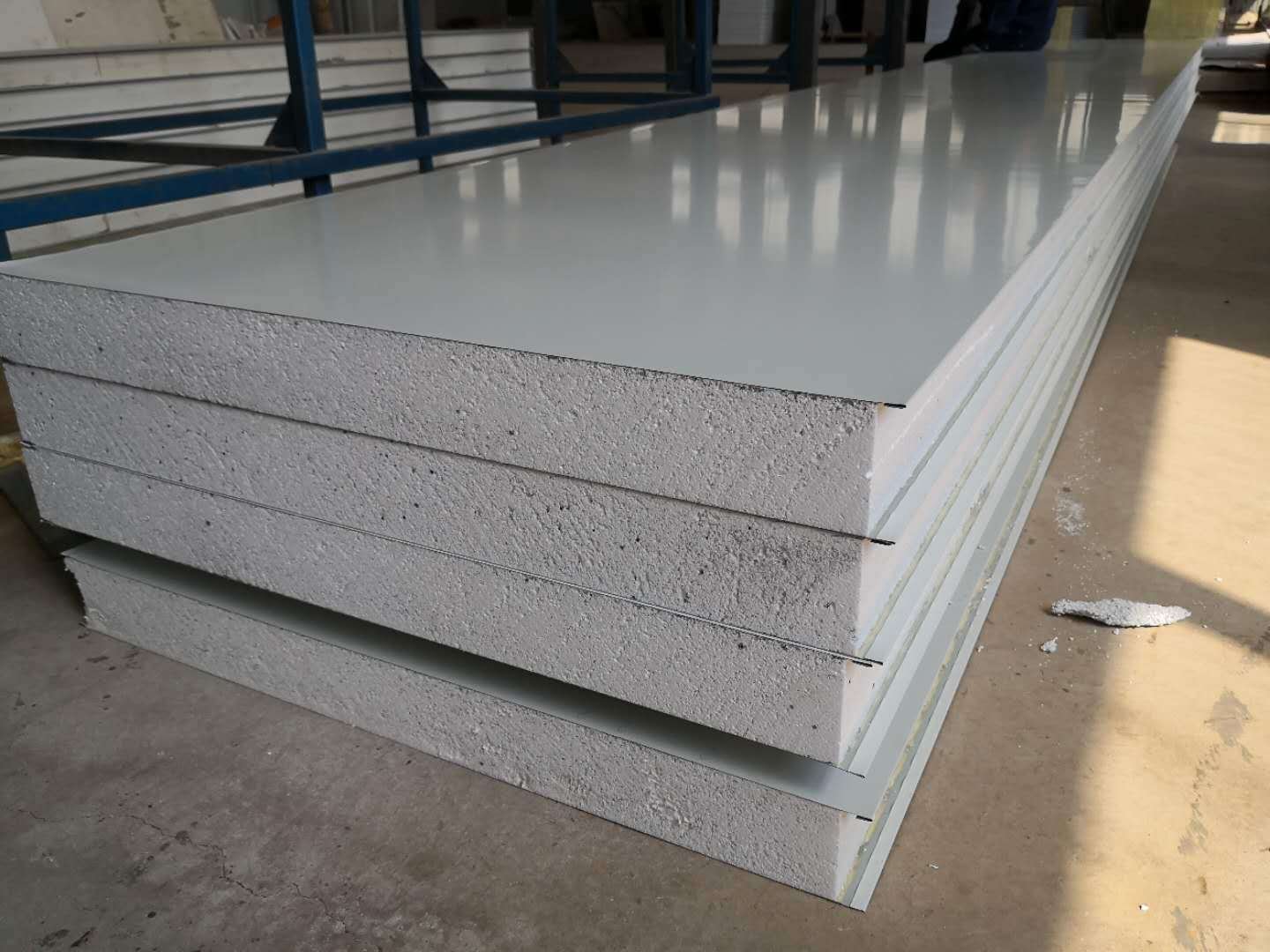
Safety Considerations in Construction Projects
Fire ratings affect how safe your building projects are. Choosing materials like EPS sandwich panels depends on their fire resistance. Panels with low fire ratings can be dangerous. This is especially true in crowded buildings or fire-prone areas. Always pick panels that meet or exceed local safety rules.
Adding fire protection, like coatings or barriers, is important. These can slow fires and give people more time to escape. Check the fire resistance of materials early in your project. This helps you follow safety rules and keeps people safe.
Challenges in International Compliance
Following fire safety rules in different countries can be hard. Each country has its own fire rating standards. A panel approved in one place might fail elsewhere. This makes global construction projects more complicated.
Learn the fire safety rules for every country you work in. Local experts can help you follow these rules. Manufacturers also provide fire rating details. Checking these can prevent delays and fines.
Tip: Make sure your materials meet the strictest fire safety rules. This makes compliance easier and improves safety.
Impact on Insurance and Liability
Fire ratings affect insurance costs and legal risks. Insurers check fire resistance when setting premiums. Using panels with better fire ratings can lower costs. Poor fire ratings may lead to higher premiums or no coverage.
Legal risks are also a concern. If a fire happens and materials fail safety tests, you could face lawsuits. Following fire safety rules protects you from these problems. It also shows you care about safety, which boosts your reputation.
Note: Using fire-resistant materials saves lives and protects your money.
Practical Tips for Using EPS Panels

Picking EPS Panels Based on Fire Safety
Choosing the right EPS panels means checking their fire safety. First, see if the fire ratings match your project needs. In the EU, panels with a Euroclass B-s1-d0 rating are safe for most buildings. In Germany, the DIN 4102-1 standard ensures many industrial buildings use safe panels. In the U.S., look for panels that meet IBC rules. These require up to 120-minute fire safety for industrial projects.
Here’s a simple table to help you choose:
Metric/Standard | What It Means | Why It Matters |
|---|---|---|
Euroclass B-s1-d0 | Fire-safe EPS panels for homes and businesses | Meets EU fire safety rules |
DIN 4102-1 | German fire safety standard | Used in over 60% of new industrial buildings |
IBC Requirements | U.S. building code for fire safety | Needs panels with 120-minute fire resistance |
EN 13501-1 | Updated fire safety rules in 2023 | Requires safer EPS panel designs |
California SB 1011 | Class A fire-rated panels for public buildings | Removes 40% of older EPS panels from use |
Always pick panels with better fire ratings to stay safe and follow rules.
Following Local Fire Safety Rules
To follow fire safety rules, learn about your area’s standards. Each country has its own rules for EPS panel fire safety. For example, Europe uses the EN 13501-1 system. It rates materials from A (doesn’t burn) to F (burns easily). In California, public buildings need Class A fire-rated panels under SB 1011. These rules often ban panels with poor fire safety.
Check if panels meet updated rules like UNE-EN 14509: 2014 in Europe. This ensures panels are tested for fire safety and meet today’s standards. Read local building codes and work with trusted suppliers to avoid problems.
Questions to Ask When Buying Panels
When buying EPS panels, ask suppliers about fire safety. Here are some important questions:
What fire safety standard do your panels meet? (e.g., UNE-EN 14509: 2014)
What is the Euroclass rating? Are the panels A, B, or C?
What type of foam core is used? Does it improve fire safety?
How are the panel joints designed to stop fire spread?
What mounting systems make the panels safer?
These questions help you check the panels’ quality and safety. Suppliers should give proof of their claims. Avoid panels rated below Euroclass C, as they don’t meet Europe’s rules.
Knowing how fire ratings for EPS sandwich panels differ by country helps you choose wisely. Different areas have their own rules, like Euroclass in Europe or NFPA in the U.S. These differences mean you must check panels carefully before using them. Fire resistance is very important for keeping people and buildings safe. Always pick panels with strong fire safety features that follow local laws.
Tip: Ask manufacturers for fire test proof. This makes sure the panels fit your project’s safety needs.
FAQ
Why are EPS panels risky in fires?
EPS panels have foam cores that catch fire easily. Without coatings, they increase fire danger. Adding fireproof layers or barriers makes them safer during fires.
How do tests check EPS panel fire safety?
Tests show how EPS panels handle heat, flames, and smoke. They check if panels meet safety rules. These tests are key for fire safety checks.
Why do fire ratings differ by country?
Countries have different building codes and climates. They use unique tests to check fire risks. Knowing these helps follow rules and stay safe.
Can EPS panels pass strict fire rules?
Yes, with good design and coatings, they can. Makers add fire-resistant chemicals to improve safety. Always check for certifications before using them.
What should you ask about EPS panels?
Ask about fire tests and safety ratings. Check the foam core, coatings, and joint designs. This helps pick panels that lower fire risks and meet rules.


